Chaining inverters is sometimes done to push a digital signal's voltage towards the power rails. This could be done with just 2 inverters (or 1 if you don't care about the value being inverted) if inverters had infinite gain; however, real inverters have finite gain, which you can compensate for by just chaining more of them.
Here is an example voltage transfer curve for an inverter (from Wikimedia Commons):

The slope of the near-linear part of the curve is, roughly speaking, the gain. If you put 1V into this inverter, you would see an output of around 2.5V. If you put that into the next inverter, you'd get around 0.75V. Then ~2.75V, then ~0.6V, and so on. Again, if the gain was infinite (a vertical line) you'd only need 1 or 2 inverters to get this effect. You could understand this as, essentially, a 1-bit analog-to-digital converter.
This is useful because CMOS logic consumes a lot of power when input voltages aren't near the rails, and current can rush through entire totem poles of half-open transistors from rail-to-rail. When interacting with a signal which you can't guarantee will have nice near-rail voltages, a chain of inverters can save power and make the circuit more robust.
This technique is often combined/merged with a chain of flip-flops, in order to cross clock domains (where you expect that your clock might instruct a flip-flop to latch a voltage which is currently being switched in the other clock domain.) Inverters before the first flip flop reduce the risk of it latching an indeterminate value, and the flip-flops themselves (being composed of totem pole gates with gain just like inverters) continue the effect.

